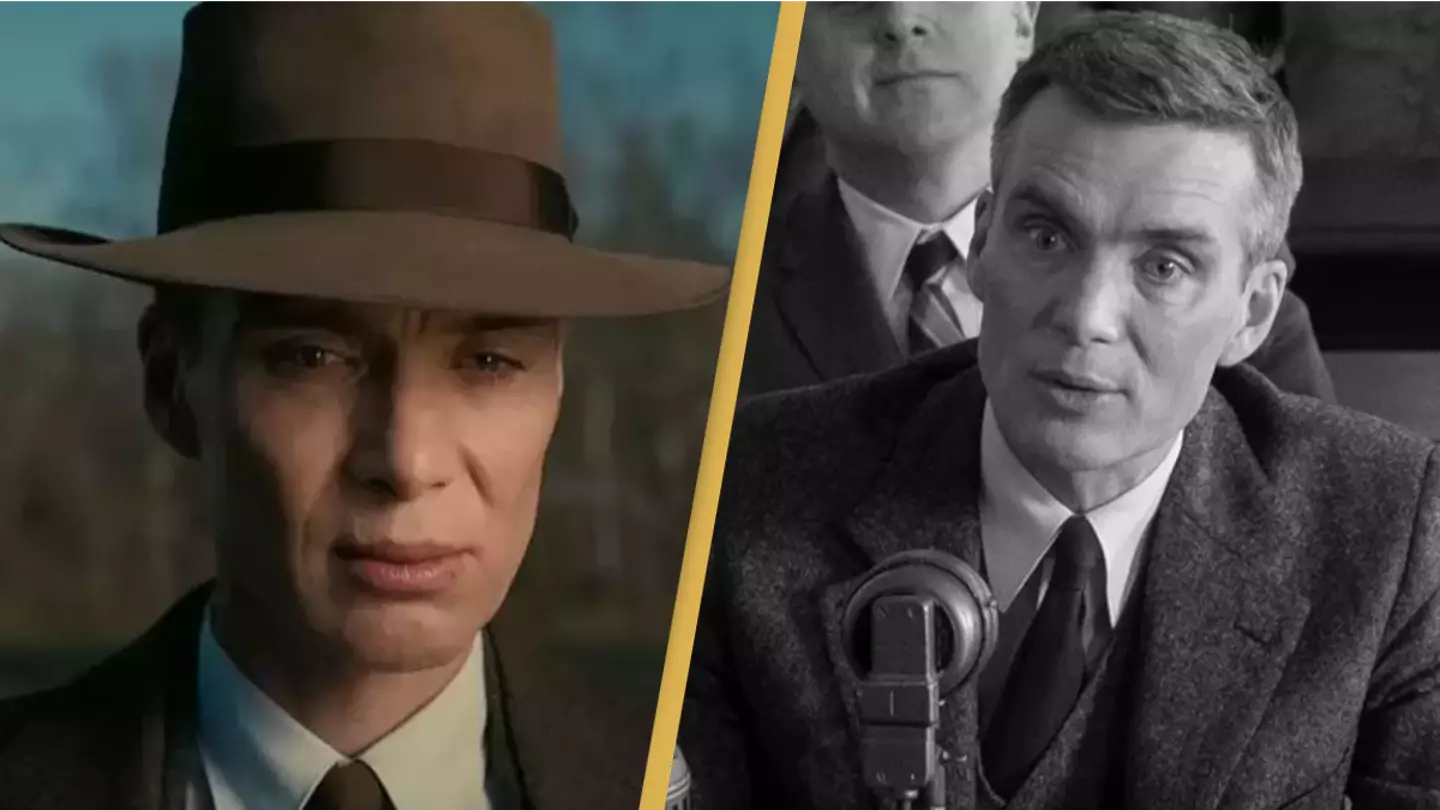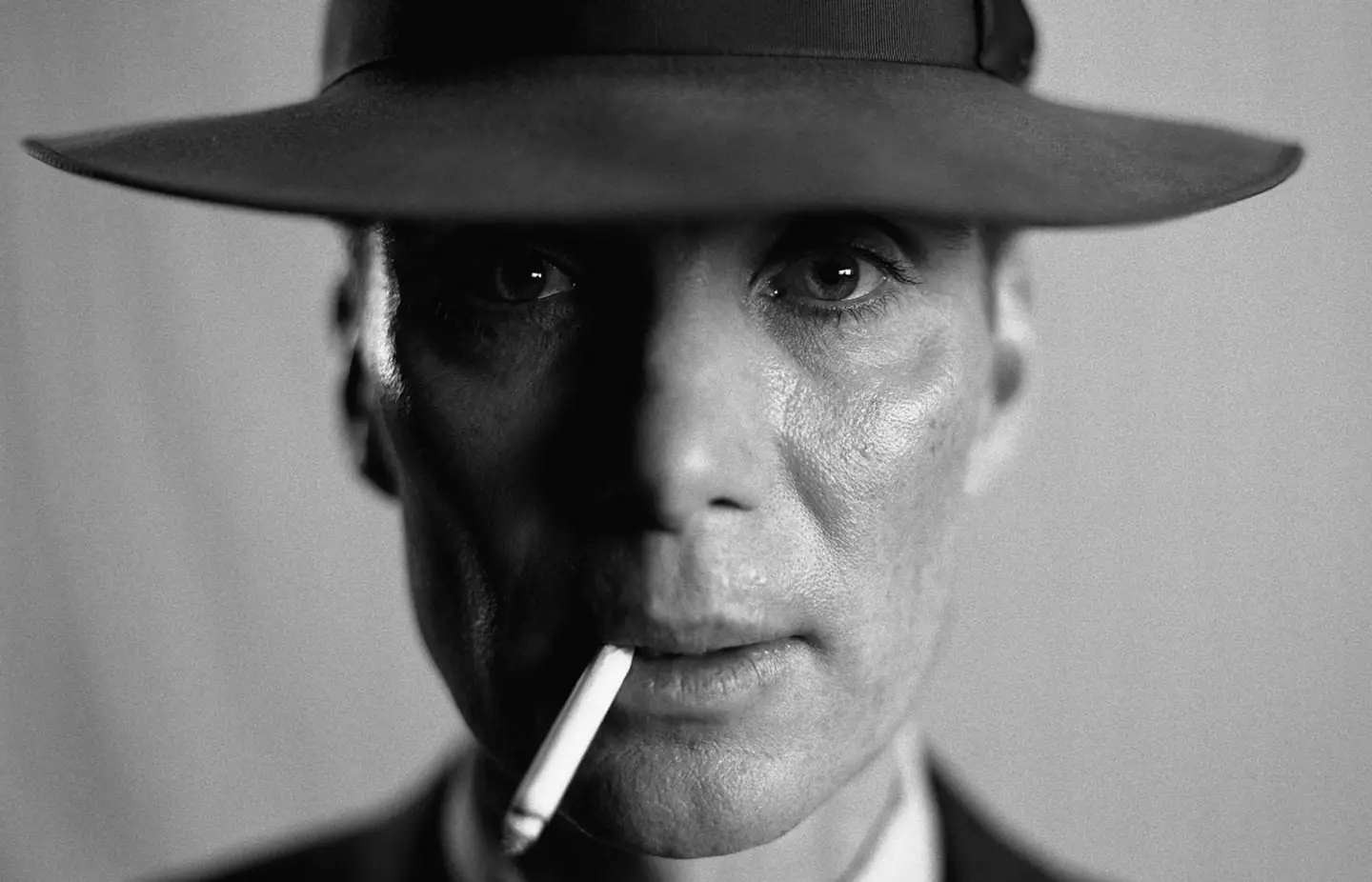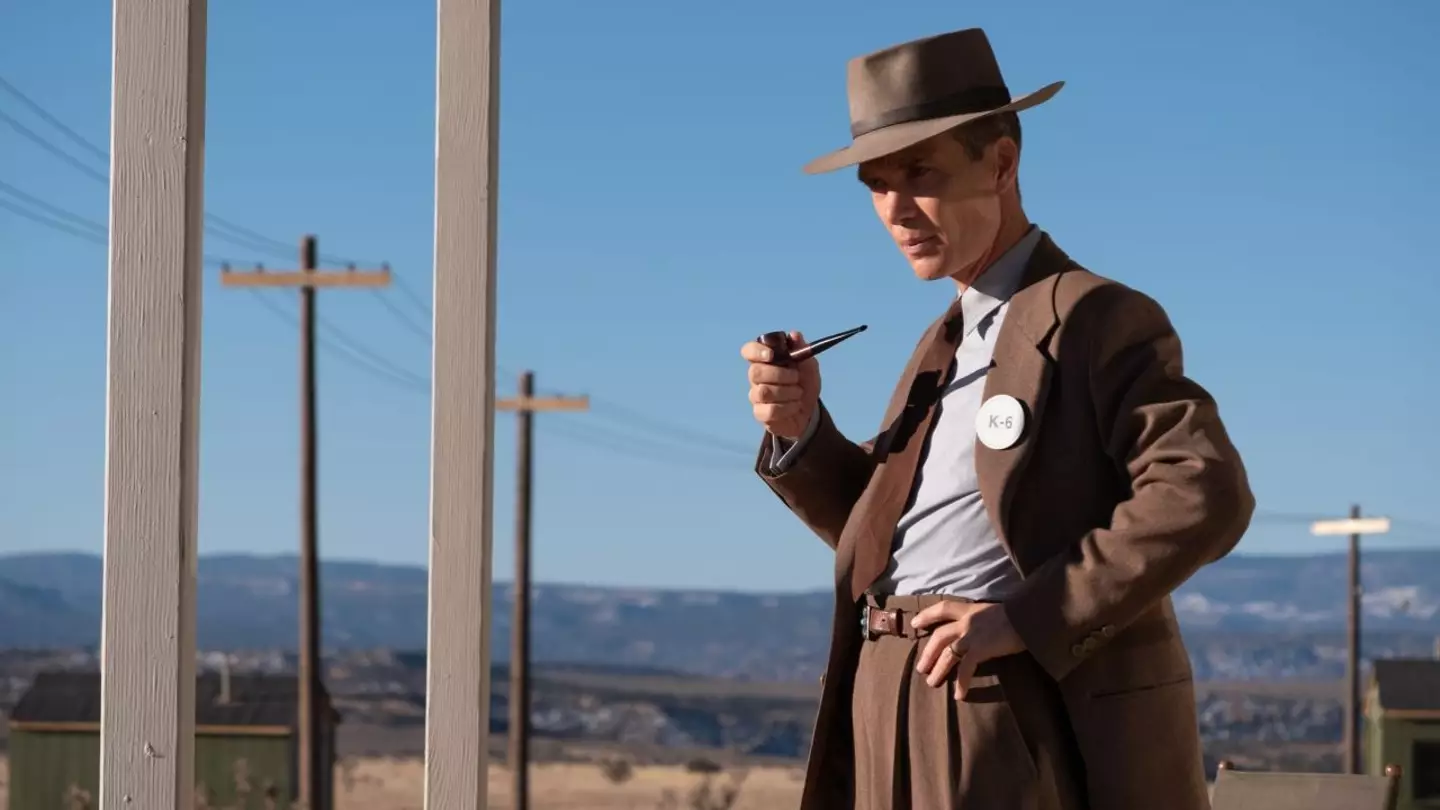
One of the most hotly-anticipated movies of the year, Oppenheimer isn’t only a mega-length piece but flips between black-and-white and color - and there's a very clever reason why.
Christopher Nolan’s latest movie hit cinemas yesterday (Friday 21 July), with film fans flocking to see it on the big screen.
Oppenheimer follows the story of the American scientist J. Robert Oppenheimer, played by Cillian Murphy, and his role in developing the atomic bomb which was used in World War II. This earned him the title of the ‘father of the atomic bomb’.
Advert
With a staggering run time of three hours, the movie also stars Emily Blunt, Robert Downey Jr., Florence Pugh and Matt Damon.
At first, Oppenheimer may be a little confusing to watch as it switches from color to black-and-white, but it's not to signify past and present as you may expect.
The scientist appears in color in scenes of his college-age as well as scenes in the later stages of his life.
But, he also appears in black-and-white in parts. So you’ll really screw yourself over if you watch it thinking it means they’re flashbacks.
Advert
And even Downey Jr.’s character, the former Atomic Energy Commission chairman Lewis Strauss, is seen in both color and black-and-white scenes. Again, these are sometimes in both the past as well as in the future.

So it turns out the color scenes are from Oppenheimer’s point of view whereas the black-and-white is supposed to be from Strauss’.
Oppenheimer production notes provided to Insider explain: “Nolan decided that the scenes told through Oppenheimer's perspective would be in color (he also wrote them in the first person, an unconventional choice for a screenplay), with occasional cutaways to evocative, surreal imagery that symbolically expressed his interior world.
Advert

“The scenes that centre on Strauss would be in black and white."
Nolan told Total Film: “I wrote the script in the first person, which I'd never done before. I don't know if anyone has ever done that, or if that's a thing people do or not.
The director explained that the ‘color scenes are subjective’, leaving the black-and-white as ‘objective’.
Advert
He added: “I wrote the colour scenes from the first person. So for an actor reading that, in some ways, I think it'd be quite daunting.”
The biopic thriller movie has seemingly been worth the wait, as many praise it as ‘visually stunning’ and an ‘epic masterpiece’.
Screenwriter and critic Paul Schrader also called it the ‘best, most important film of this century’.
Oppenheimer is now showing in cinemas.
Topics: Oppenheimer, Christopher Nolan, Film and TV